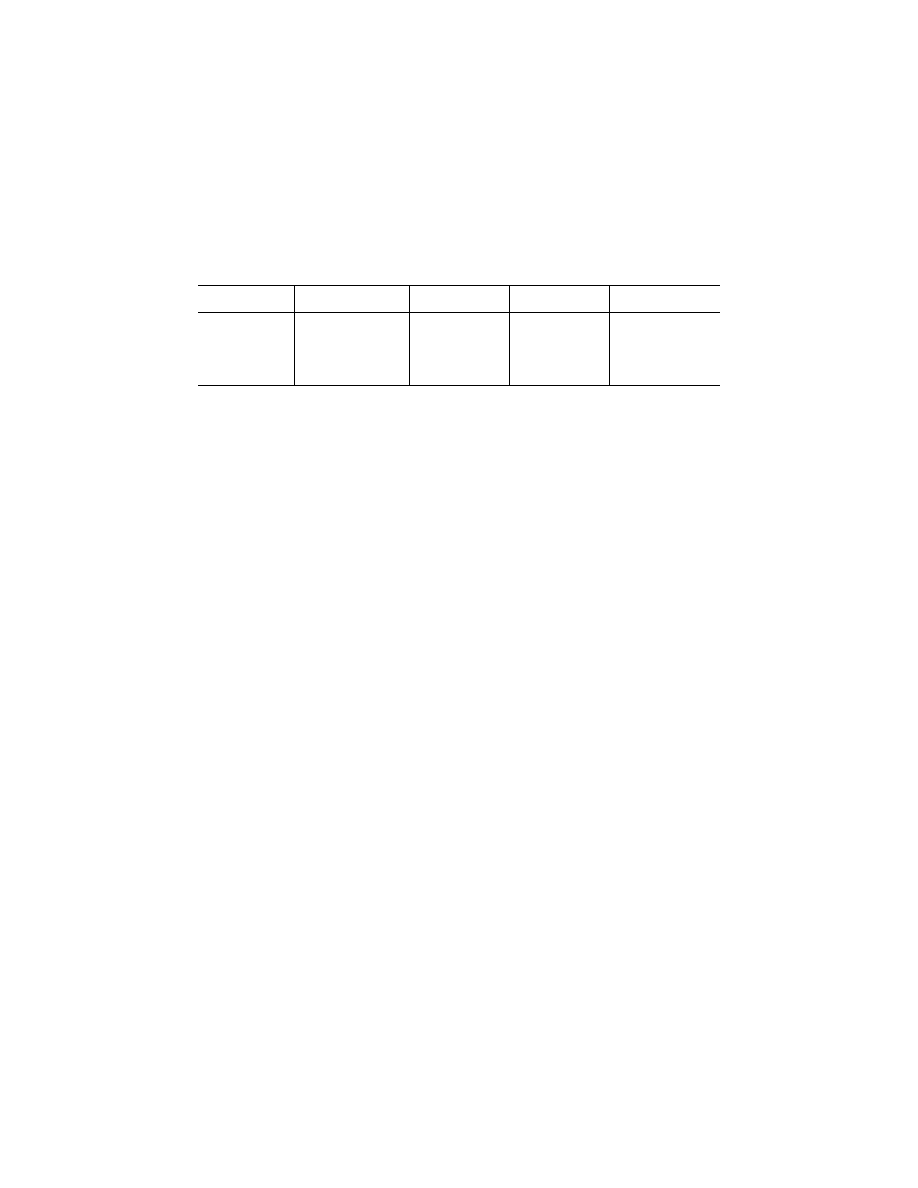
328
14 CFR Ch. I (1–1–19 Edition)
§ 25.1101
T
ABLE
1—I
CING
C
ONDITIONS FOR
G
ROUND
T
ESTS
Condition
Total air temperature
Water concentration
(minimum)
Mean effective par-
ticle diameter
Demonstration
1. Rime ice condition
0 to 15
°
F (18 to
¥
9
°
C) Liquid—0.3
g/m
3
........
15–25 microns ...........
By test, analysis or com-
bination of the two.
2. Glaze ice condition
20 to 30
°
F (
¥
7 to
¥
1
°
C).
Liquid—0.3 g/m
3
........
15–25 microns ...........
By test, analysis or com-
bination of the two.
3. Large drop condi-
tion.
15 to 30
°
F (
¥
9 to
¥
1
°
C).
Liquid—0.3 g/m
3
........
100 microns (min-
imum).
By test, analysis or com-
bination of the two.
(c)
Supercharged reciprocating engines.
For each engine having a supercharger
to pressurize the air before it enters
the carburetor, the heat rise in the air
caused by that supercharging at any
altitude may be utilized in determining
compliance with paragraph (a) of this
section if the heat rise utilized is that
which will be available, automatically,
for the applicable altitude and oper-
ating condition because of super-
charging.
[Doc. No. 5066, 29 FR 18291, Dec. 24, 1964, as
amended by Amdt. 25–38, 41 FR 55467, Dec. 20,
1976; Amdt. 25–40, 42 FR 15043, Mar. 17, 1977;
Amdt. 25–57, 49 FR 6849, Feb. 23, 1984; Amdt.
25–72, 55 FR 29785, July 20, 1990; Amdt. 25–140,
79 FR 65526, Nov. 4, 2014]
§ 25.1101
Carburetor air preheater de-
sign.
Each carburetor air preheater must
be designed and constructed to—
(a) Ensure ventilation of the pre-
heater when the engine is operated in
cold air;
(b) Allow inspection of the exhaust
manifold parts that it surrounds; and
(c) Allow inspection of critical parts
of the preheater itself.
§ 25.1103
Induction system ducts and
air duct systems.
(a) Each induction system duct up-
stream of the first stage of the engine
supercharger and of the auxiliary
power unit compressor must have a
drain to prevent the hazardous accu-
mulation of fuel and moisture in the
ground attitude. No drain may dis-
charge where it might cause a fire haz-
ard.
(b) Each induction system duct must
be—
(1) Strong enough to prevent induc-
tion system failures resulting from
normal backfire conditions; and
(2) Fire-resistant if it is in any fire
zone for which a fire-extinguishing sys-
tem is required, except that ducts for
auxiliary power units must be fireproof
within the auxiliary power unit fire
zone.
(c) Each duct connected to compo-
nents between which relative motion
could exist must have means for flexi-
bility.
(d) For turbine engine and auxiliary
power unit bleed air duct systems, no
hazard may result if a duct failure oc-
curs at any point between the air duct
source and the airplane unit served by
the air.
(e) Each auxiliary power unit induc-
tion system duct must be fireproof for
a sufficient distance upstream of the
auxiliary power unit compartment to
prevent hot gas reverse flow from burn-
ing through auxiliary power unit ducts
and entering any other compartment
or area of the airplane in which a haz-
ard would be created resulting from the
entry of hot gases. The materials used
to form the remainder of the induction
system duct and plenum chamber of
the auxiliary power unit must be capa-
ble of resisting the maximum heat con-
ditions likely to occur.
(f) Each auxiliary power unit induc-
tion system duct must be constructed
of materials that will not absorb or
trap hazardous quantities of flammable
fluids that could be ignited in the
event of a surge or reverse flow condi-
tion.
[Doc. No. 5066, 29 FR 18291, Dec. 24, 1964, as
amended by Amdt. 25–46, 43 FR 50597, Oct. 30,
1978]
§ 25.1105
Induction system screens.
If induction system screens are
used—
(a) Each screen must be upstream of
the carburetor;
VerDate Sep<11>2014
12:50 Apr 30, 2019
Jkt 247046
PO 00000
Frm 00338
Fmt 8010
Sfmt 8010
Y:\SGML\247046.XXX
247046
spaschal on DSK3GDR082PROD with CFR